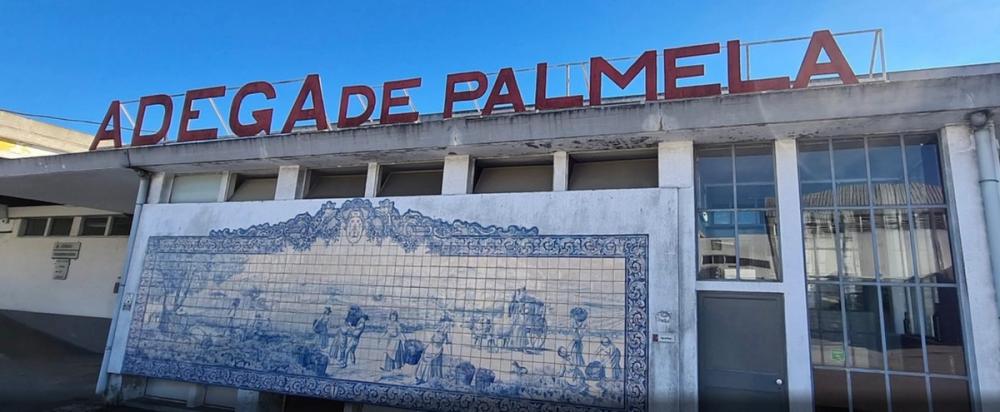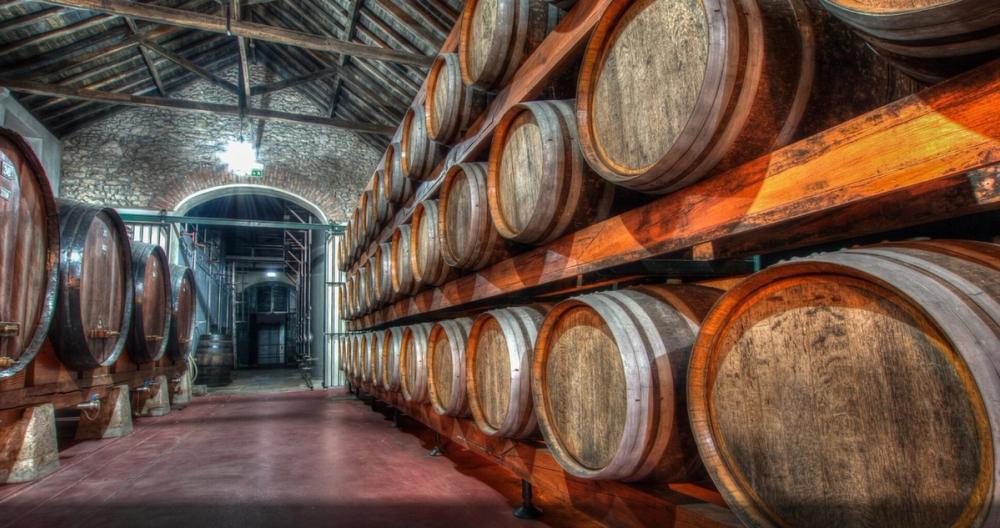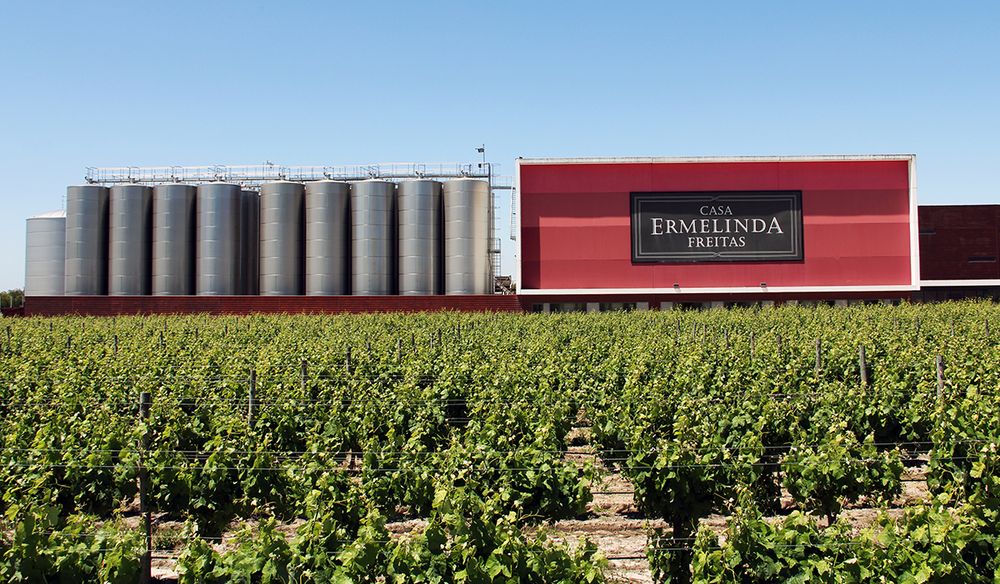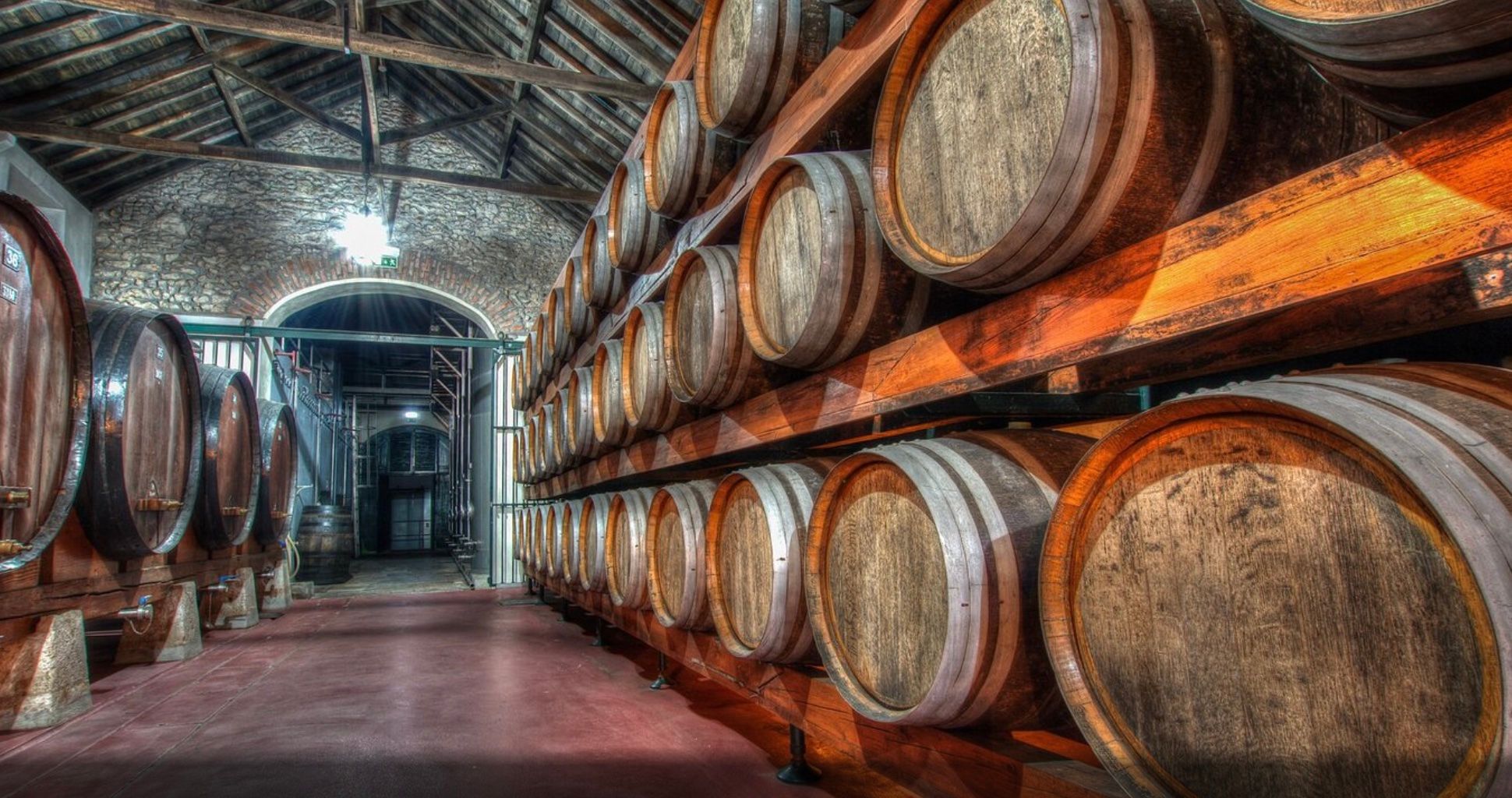Click here to read Part One of The Buyer’s debate with Setúbal Peninsula Wines and what our panel of buyers and importers believe its potential in the UK is.
Our thanks go to the panel that included:
- Raymond Reynolds, founder of Raymond Reynolds
- Nick Oakley, founder of Oakley Wine Agencies
- Noel Reid, founder of Rediscover Wines
- Emanuel Pesqueira, head sommelier, Gordon Ramsay Restaurants
- Max Graham, founder, Bar Douro
- Joe Wadsack, wine broadcaster, representing Setúbal Peninsula Wines
(Click here to watch the full debate)
Moscatel de Setúbal is clearly one of the major draws of the Setúbal wine region and a style of fortified wine that Joe Wadsack believes stands up to anything elsewhere in the world.
It is also omnipresent in the region be it locals sipping it with their coffee early in the morning, or pouring it on their ice creams. It is just synonymous with all that goes in Setúbal.
“If you go to the town of Setúbal it’s everywhere, and it’s in every thing. It’s in the soap. You name it,” he says. “They know they have something special.”
It’s a style of wine that goes back to 1831 and is made from two grape varieties:: Moscatel de Setúbal and the much rarer Moscatel Roxo de Setúbal.
It comes in two styles:
- a young style that has up to five years of ageing in wood or stainless steel vats that help m make lighter, fresher styles with more floral and fruity notes and ideal for aperitifs and snacking during the day.
- Then there is the classic styles is aged for more than five years, again in wood or stainless steel vats, but mostly in wood barrels. They are not usually filtered when bottled and have an intense nut aroma and are ideal with coffee, chocolate and cigars.
They are then classified into five categories:
- Harvest: One vintage blend, at least 85% of the same harvest year.
- Without harvest indication: Blends of different harvests, where no part reaches 85%.
- Reserva: Special Classification as “Reserva” given by the official tasting panel. No additional ageing period is required.
- Superior: Special classification “Superior” given by the official tasting panel. An additional 5-year ageing period is mandatory.
- 10, 15, 20, 25, 30, 35 & 40 years old: Blends of several harvests, where the youngest wine matches the label’s year.
(Click here for Joe Wadsack on what makes Moscatel de Setúbal so special and a ‘no brainer’ for the on-trade)
Wadsack is a big fan: “Moscatel de Setúbal needs to be referenced to sherry and port more often as they are truly delicious.” They are also made by picking up elements of how sherry, port and madeira are made too, he adds. “The level of sweetness, the level of vinosity, the purity of the Muscat character is dialable in many ways despite it being a small region with only about 20 producers. They produce an extraordinary range of different styles.”
The overriding factor, though, he believes is the fact that every bottle of Moscatel de Setúbal will have been aged for five years. That’s what, for him, moves into madeira territory as it is will just age and age and keep the same quality in the glass even if you “take the stopper off and leave it open for three months”.
“It is completely bullet proof. So if you want a wine by the glass to go with Christmas pudding and mince pies in a pub this wine never goes off so there is zero wastage. In the on-trade it’s a great boon. If you look at the complexity it can achieve, it’s a no brainer for me.”
The panel had the chance to taste three styles of Moscatel de Setúbal.

Adega de Palmela is looking for distribution in the UK
First up was Palmela Wine Company Moscatel de Setúbal, 10 years, Palmela Wine Company, which is seeking distribution and is €11.59 ex-works. Wadsack says this is a great example of an aged Moscatel where you can trace the “layers of Madeira” type characteristics in it backed up by notes of “barley sugar and black tea”. “The wine has real complexity on the palate.”
Noel Reid of Rediscover Wines says it also has “lovely nutty, hazelnut and orange” notes that are so typical in Moscatel de Setúbals.
Then the buyers had the chance to look at a Reserva style with Venâncio da Costa Lima Moscatel de Setúbal Reserva, 2009 from Venâncio da Costa Limathat is imported by Gauntley’s Fine Wine with a RRP of £26.90. Another one of the region’s major producers, making over 1 million bottles of table wine, but “phenomenal” standard Moscatels in small quantities, says Wadsack.
“The fruit is lovely on this,” says Raymond Reynolds, of Portuguese specialists Raymond Reynolds Wines, particularly the “citrus peels” and even some “red fruits” coming through along with “good balance and length and a little bit chalkiness that I like to see in a top level Moscatel”.

Venâncio da Costa Lima makes “phenomenal Moscatels” says Joe Wadsack
You also don’t want a Moscatel to be too “overwhelmingly sweet,” says Emanuel Pesqueira of Gordon Ramsay restaurants. “You want more complexity, texture and fruit profile and elegance. What you smell is what you taste.” Which is what he takes from this wine.
Reid agrees and says when you nose this Moscatel de Setúbal you anticipate it is going to be very sweet on the palate and it’s not. Oakley also likes the fact it sits in the dry sweet category.
“I think that wine is extraordinary,” says Wadsack. “The more you taste it the more fun it gets.”
Max Graham of Bar Douoro says it is great to see the quality coming through in Moscatel de Setúbal and it is yet another example of the excellent fortified wines you can get across Portugal. He says he has one by the glass at Bar Douro and it sells really well, but appreciates he is in the right environment to push it versus moving it off a supermarket shelf.
Reynolds says high quality “is the only way to go for Moscatel” particularly as it only accounts for around 8% of production, so it needs to be a “quality game” in order to stand out. That does not necessarily mean charging high prices but setting a high bar for the Moscatels being produced.
Promote as a wine
Nick Oakley, that has been importing Portuguese wines for close to 30 years with Oakley Wine Agencies, believes Moscatel de Setúbal belongs more in the wine category than promoting it as a fortified. “There is a back door into the market and Max’s ability to sell it well in Bar Douro speaks for that. I can see an easier route to market for it than Port and Madeira for an agency like ourselves.”
Reid also sees it more in the sweet wine, Sauternes category than with fortified and is a “brilliant option” for independent wine merchants to look at.
“I agree with Nick in that it does cross the borders,” says Reynolds.”It brings the two together from the camp of the fully fortified to the none. It’s incredibly versatile. Cheeses or sweets it has everything.”
“It’s got Fortnum & Mason written all over it,” adds Wadsack.
Interestingly Reynolds says that whilst the bulk of its Port and fortified sales are around Christmas, Moscatel, albeit in much smaller quantities, sells throughout the year. “There is constant demand and it’s growing.”
Oakley, however, warns the upcoming duty increases in the UK will hit wines from Setúbal, like Moscatel and anything else pushing 15% abv.

Casa Ermelinda Freitas makes the very rare Moscatel Roxo style
The final Moscatel tasted in the session is made from the very rare Moscatel Roxo, the red grape style and comes from Casa Ermelinda Freitas Moscatel Roxo, 2010 made by Casa Ermelinda Freitasand imported by Atlântico UK with a RRP of £37.99 for half bottle. Wadsack it’s quite a “unique” opportunity for the panel to taste a wine like this as there is so little made.
The Moscatel Roxo style is perfect for food pairings, he adds, particularly blue cheeses and desserts. But the fact it is so rare, is also reflected in the price tag.
In summary
Oakley believes Setúbal is an “area that is now ready to find its feet”and is very encouraged about its potential and future even though it is “relatively late to the party” compared to the northern appellations.
“I like the Castelão style and the blended reds from near the water, and I think there is a market for white wines,” he says.
Graham believes the more the UK market gets to see the “edgier” and more experimental wines being made in Setúbal then it has a chance to start making a name for itself and attracting interest in bars and specialist retailers.
Reynolds says he is a “great believer in Castelão” wines although this year’s harvest has been badly affected by the heatwave in the area. “I think Castelão suits the zone, but there are others, like the blends and the lighter styles. The smaller growers are exploring all these little things. There’s also opportunities for whites. It’s an ocean. It’s right next to the sea.”
(Click here for UK buyers on where they see the potential for Setúbal wines in the UK)
Reid, though, is still a bit concerned “by the confusion in style” and “what it is we are buying, selling and what the consumer is expecting”. “They need to hang their hat on something and do it really well.” He adds: “That expectation drives everything. It’s how we fell in love with Sauvignon from New Zealand or Malbec in Argentina. It’s that consistency that brought people there.”
Both he and Wadsack felt the region would do well to market itself around Castelão and all the benefits it brings. “It sounds important and people can say it and that’s really important,” says Reid. “But there are some really brilliant things here and nice modern styles.”
Graham agrees with Reynolds and his views on Moscatel and that for such a small region it needs to put all its efforts into producing quality wine, particularly with only “finite production and lots of markets around the world” to target.
Wadsack says he can see real potential for Setúbal wines priced to the trade at around €6 to €7 where there is real value for money to be had, particularly for the on-trade.
The final word goes to Max Graham which is also a rallying cry to British buyers to wake up to Setúbal before other markets do. “When the Americans catch wind of it they will be all over it,” he says.
Setúbal wines tasted
ASF, 2019, Red
Grapes: Castelão (75%), Touriga Nacional (15%), Tannat (10%)
Producer: Adega Fernão Pó
*Seeking Distribution
Ex-Works: €7.08
The panel had mixed feelings about this wine. Whist Noel Reid picked up on theliked
Quinta de Camarate, 2017, Red
Grapes: Touriga Nacional (62%), Castelão (22%), Aragonez (10%), Cabernet Sauvignon (6%) Producer: José Maria da Fonseca
*Seeking Distribution
Estimated RRP: £9
Fontanário de Pegões Vinhas Velhas Castelão, 2016, Red
Grape: Castelão
Producer: Adega de Pegões
Importer: (importer for some wines): Hallgarten Novum Wines
Ex-Works: €10
Quinta do Piloto Reserva, 2018, Red Grape: Castelão Old Vines
Producer: Quinta do Piloto
Importer: (for some wines): Raymond Reynolds
Trade price: £15-17
Adega Camolas Grande Escolha Vinhas Velhas, 2017, Red
Grape: Castelão Old Vines
Producer: Adega Camolas
*Seeking distribution
Ex-Works: €11
Moscatels
Palmela Wine Company Moscatel de Setúbal,10 years, Fortified Grape: Moscatel de Setúbal
Producer: Palmela Wine Company
*Seeking distribution
Ex-Works: €11.59
Venâncio da Costa Lima Moscatel de Setúbal Reserva, 2009, Fortified Grape: Moscatel de Setúbal
Producer: Venâncio da Costa Lima
Importer: Gauntley’s Fine Wine
RRP: £26.90
Casa Ermelinda Freitas Moscatel Roxo, 2010, Fortified
Grape: Moscatel Roxo
Producer: Casa Ermelinda Freitas
Importer: Atlântico UK
RRP: £37.99
- You can find more about Setúbal Península Wines at its website: https://vinhosdapeninsuladesetubal.org/en/or contacting by email: geral@cvr-psetubal.com
- You can also reach the region’s PR agency in the UK hello@thewineagency.pt
- You can also follow on Facebook: vinhosdapeninsuladesetubal and Instagram: @vinhosdapeninsuladesetubal.
































